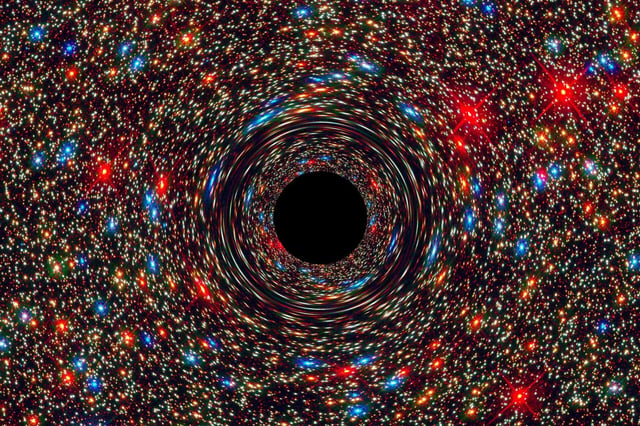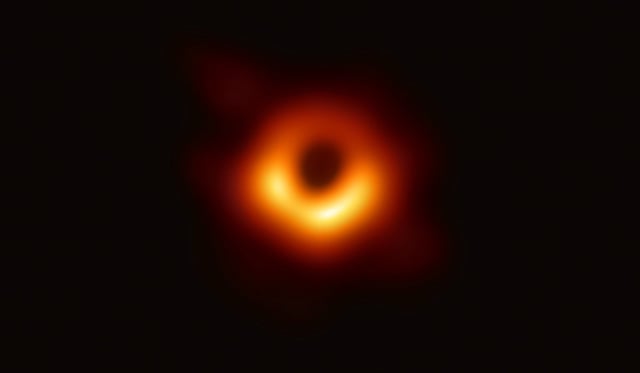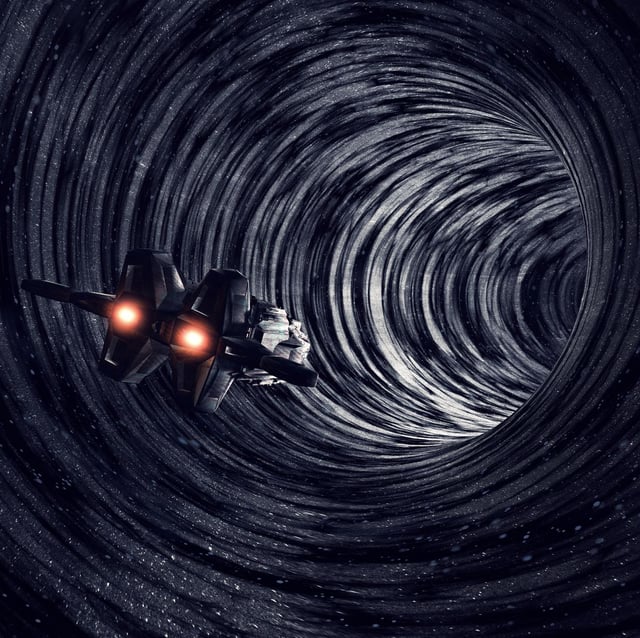Overview
- Bambi’s perspective article in iScience proposes a gram-scale nanocraft to travel 20–25 light-years and perform direct measurements at a black hole’s event horizon.
- The probe would carry a microchip affixed to a light sail and rely on ground-based lasers to reach about one-third the speed of light.
- Reaching a nearby black hole would take around 70 years, with data transmission adding another two decades for an 80–100-year mission timeline.
- No black hole is known within the 20–25 light-year range, making upcoming astronomical surveys critical to identifying a suitable target within the next decade.
- Current barriers include undeveloped nanocraft and €1 trillion laser arrays, though anticipated cost reductions could bring the budget to roughly €1 billion in 20–30 years.



